I was lately in a twitter back-and-forth with some of my vintage computing brethren when the topic of the earliest systems each of us owned came up. My first was a TI-99/4A gifted me (I coached the parents on the purchase carefully beforehand) on Christmas morning, 1982. It was a nice first step, and from there it was off the the Apple //c, Macintosh, Amiga 1000, etc. I have first-hand knowledge of a great many systems given the speed at which I leapt most fickle from one to the other, but my the bulk of my knowledge of the microcomputer revolution came not from first-hand experience but from a small cinderblock room in a private school in southern Virginia.
From 6th grade through high school graduation, I attended Hampton Roads Academy, a private school in Newport News, Virginia. I started in the Fall semester of 1983 and was already a computer geek (long, long before computers were remotely cool). I’d hand in book reports written in TI Writer, printed on my Smith-Corona TP-1 daisywheel printer well before anyone else in the class had seen a word processor, I believe. A burgeoning computer geek, I was. And, given this, I took the opportunity to explore the library for books and magazines on the subject.
In short order, I located the tiny periodicals room, off of the main library, and found several years of Creative Computing magazines to pore through. [Read them for yourself, at the Internet Archive.] On most days, I would spend part of the lunch hour in that room reading about a great number of systems I’d never before heard of. Put together by David H. Ahl, Creative Computing was unique in covering basically every platform out there — and there were many. Way back when, each system was its own ecosystem; it was very different from today’s world of Mac OS X, Windows, Linux, and basically nothing else. The intricacies of these disparate system fascinated me, which is why I remember salient details of most every computer described within, even to this day over 30 years later.
I read about the ongoing MSX situation, initiated by Spectravideo‘s systems. I was amazed by the Dimension 68000. The industrial design of Wang word processors intrigued me (and HRA had one in their finance office). Kaypro seemed the CP/M system to have. Data General had the most impressive laptop. The Mindset graphics computer was a marvel to behold from a technical and design perspective. Heathkit, Leading Edge, NEC, Sharp, AT&T, Actrix, and GRiD had some particular stand-outs, as well. These details are still with me today.
Adding to the fun of that tiny periodicals room was the fact that one of the first Apple II’s in the school was eventually setup on a desk inside. With that, a somewhat larger crowd grew, but my main focus was still the magazines. (I had a //c at home by then.)
The school had other computer resources as well but, as with all schools during that time, things came slowly. When I first began attending HRA in the 6th grade, there was one small computer lab — smaller than that periodicals room. It held 4-5 Commodore PETs. I looked into it and found, sadly, that you had to be a junior or senior to have access to it, as part of a BASIC programming class. Long before I took my first programming course there, the PETs were closeted up and that tiny room was turned into a teachers’ smoking lounge when a larger, Apple II lab was setup down the hall, mainly for typing classes. In that lab were about 20 Apple IIes, one Apple ][ plus, and one TRS-80 Model 1 that someone donated to the school. A few years later, three or four Zenith DOS PCs were added and that’s when I (finally) was able to take a programming class: We learned Pascal using Borland Turbo Pascal for DOS. It was taught by one of the teachers I most fondly remember from my time at HRA, Col. Kenneth Jenkins (pictured), who taught with humor and flair. (It was my first such class at the school, but I’d taken a number of BASIC classes elsewhere, years earlier — including in the back room of a sewing machine store at the mall!)
About the time I hit senior year, a second computer lab was setup across the hall, known as the Writing Lab. It was populated with maybe 15 Laser 128EX Apple II clones running AppleWorks. This was the second, less reliable, iteration of the Laser 128 — the ones that let out the blue smoke on occasion. I saw it happen several times. (Earlier, I owned a rather more well-engineered first-generation Laser 128 — a solid machine.)
It’s worth noting that, much more recently, another periodical gave me a comfortable knowledge of what was happening across the pond in the UK during the time I was hanging out in that periodicals room. Retro Gamer magazine, a UK publication, gave me the rundown on the ZX Spectrum, Amstrad, Oric, Jupiter Ace, Dragon 64, Acorn, and all the rest. I’d heard of few of these, growing up, but I now have a pretty good understanding of what was happening over there while I was doing the early ’80s home computing thing over here.
A bit of a meandering post, I suppose. A little more about my school than I expected to go into, but it’s all connected, really. I’d love to hear your similar accounts in the comments.

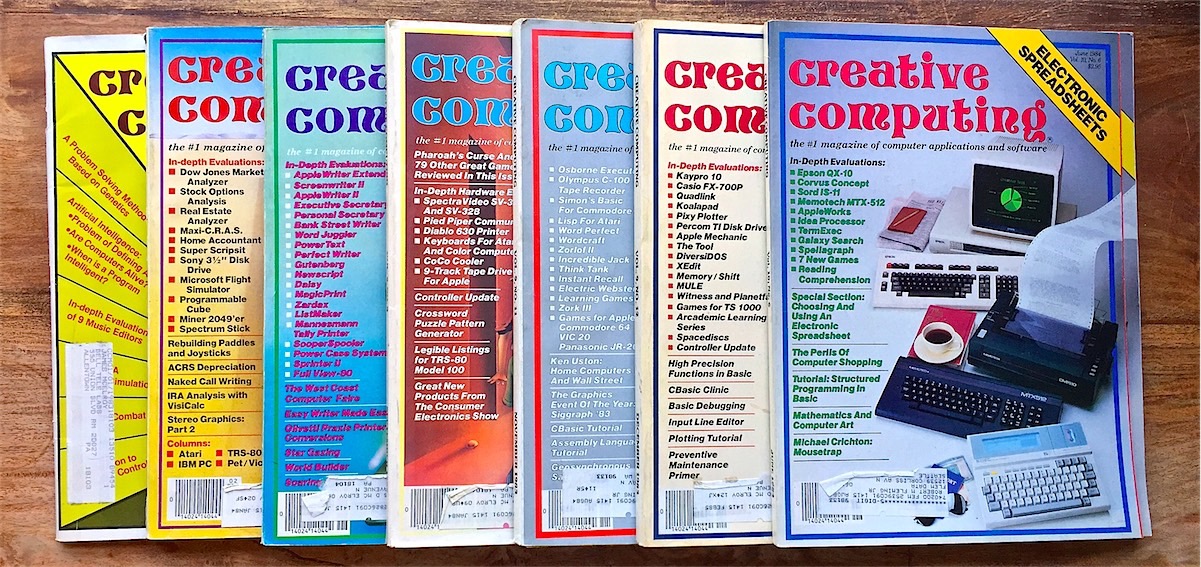
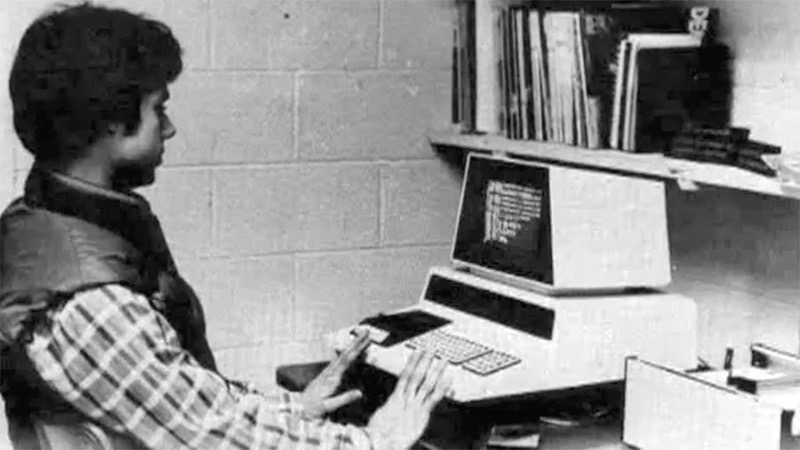
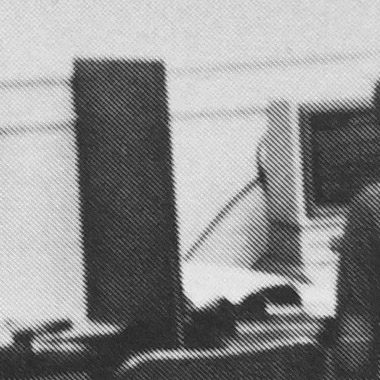
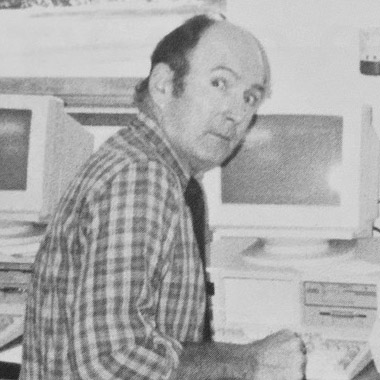
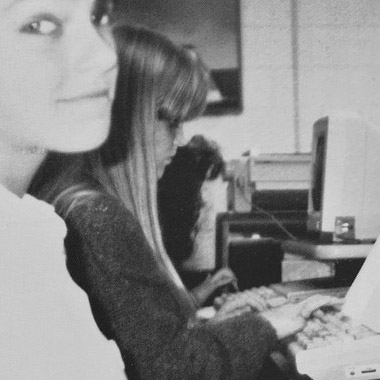

Thanks for the stories and the link to the web archive of magazines. I hadn’t known those were available!
Pingback: Remembering an Atari Lab in Hampton, Virginia | Byte Cellar
Pingback: BBSing in the Snow Is the Best Way to Log In - Byte Cellar
Pingback: Thinking Back on 'Turbo Pascal' as It Turns 40 - Byte Cellar